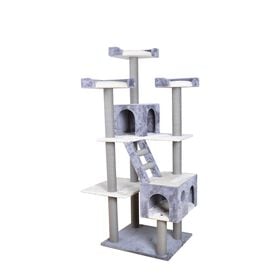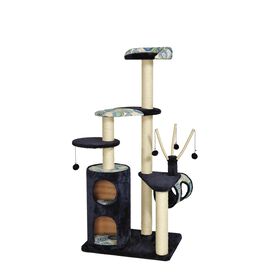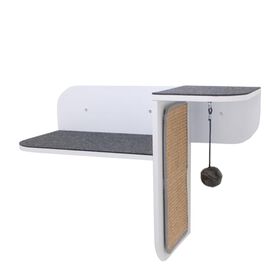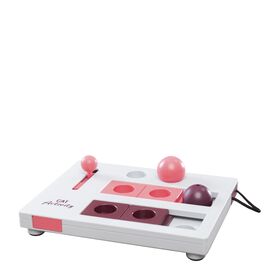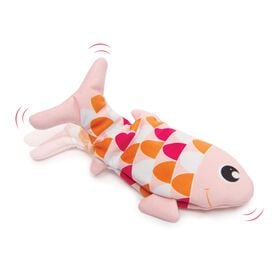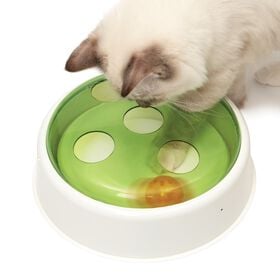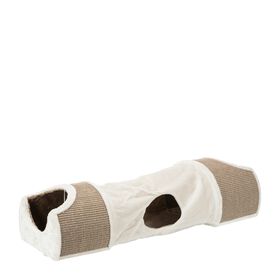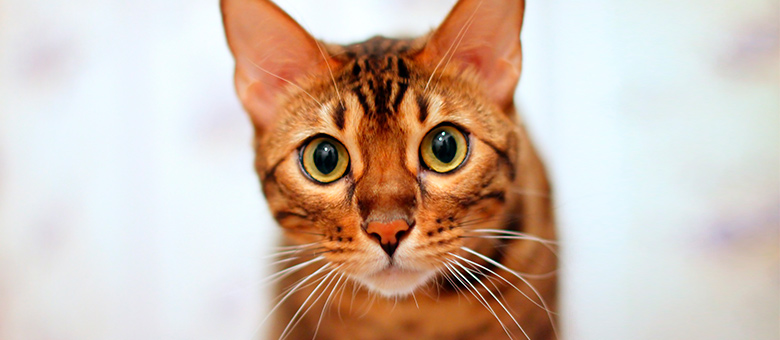
Bengal and Savannah: Everything you've ever wanted to know
Published September 10, 2018.

Mondou Academy
Mondou employee training specialist
“Bengal” and “Savannah” are two breeds most likely created for the desire to have your very own house leopard. Despite having different origins and very obvious distinguishing features, these breeds are united in the fact that they both came into existence for the same reason. When it comes to their other features, they’re barely distinguishable from other cats.
Origins
Both these breeds are in fact hybrid cats, meaning they are a crossbreed between a domestic animal and a wild animal.
- Bengal – Leopard cat
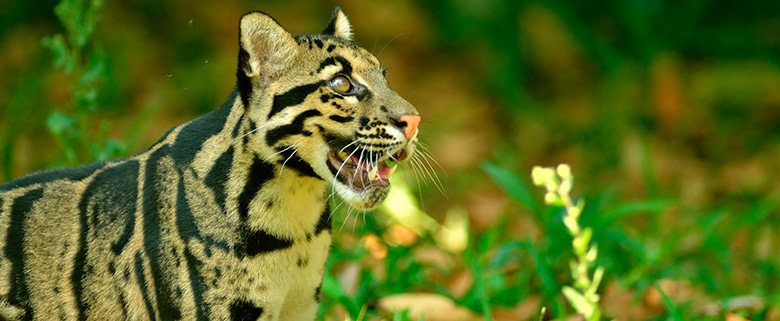
- Savannah – Serval
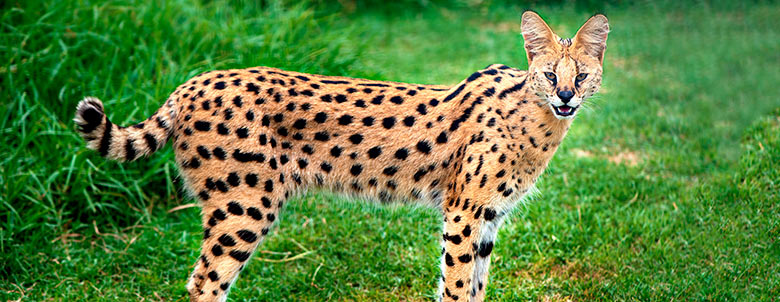
Hybrid breeds are also categorized by generation, expressed as F1, F2, F3, F4 and Stud-book. While this system of classification may seem rather complex, it can be simplified as follows:
- An F1 cat is a first-generation breed, representing the first crossbreeding of a wild animal with a domestic cat (50% wild blood);
- F2 is the next generation, representing a crossbreed between an F1 and a domestic cat, resulting in 25% wild blood;
- And so on, up to the 5th generation, known as Stud-book. This generation is not considered to have enough wild blood to be categorized.
Clearly, the closer the generation is to the wild animal, the more apparent that animal’s physical characteristics will be. This is particularly the case with Savannahs, whose breeders and buyers seek the precise characteristics mentioned above. Nonetheless, it’s not the physical characteristics that stand out the most. Some of the wild cats’ behavioural traits, such as energy level, will be much more present. We’ll discuss this very important point a little further in the article.
Hybrid breeds continue to be the source of significant controversy, and a number of associations refuse to include them on official breed lists.
Morphology and appearance
- Bengals
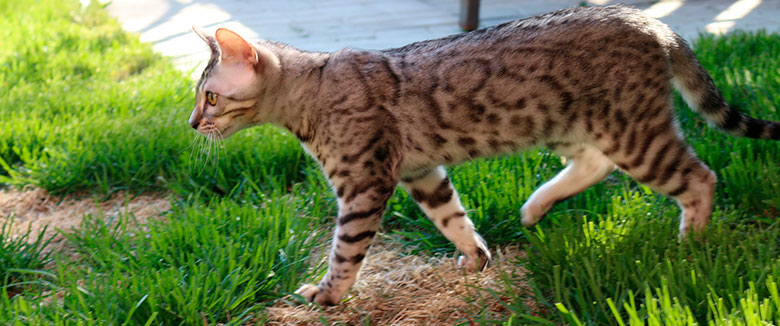
-
- Colours: Marble or black spots on yellow, silver or black.
- Morphology: Generally slightly larger than a domestic cat, especially F1-F3.
- Savannahs

- Colours: Black spots on yellow, similar to cheetahs.
- Morphology: Savannahs are distinguished by their size. They are very high on their paws and can be two to three times the size of a normal cat. This is particularly noticeable among F1s, who can reach up to 45 pounds. The serval’s very large ears are also highly sought after among this breed.
Maintenance
This breed of cat has a coat that requires regular maintenance. Clearly, their basic needs, such as a clean litter box, must be respected. Furthermore, proper dental hygiene is a must.
The ideal family for a Bengal or Savannah
This is a tricky area, and it’s best we leave the question to our behavioural expert, Daniel Filion, better known as the cat Educator.
“The first thing you should know is that we receive more consultations regarding behavioural issues among Bengals and Savannahs (Lien article races chat) than any other cat breed. It’s not that they’re bad cats — the problem can be summed up in three points:”
- Choosing the right breeder
“The popularity of these breeds dramatically increased the number of people choosing breeders on a whim, and, unfortunately, the bad breeders far outweigh the good. The number of breeders for these cat breeds is equal to the number of breeders for all breeds combined.” The best option, therefore, is to consult a certified Anima-Québec breeder [French only link].
“But another thing I’d like to point out,” says the cat Educator, “is that if a breeder encourages you to adopt an F1 or F2 generation cat, run away. These cats should only be used for reproduction, since their behaviour is often too intense for a normal family.”
-
Ensuring the energy level is suited to your family.
According to the cat Educator, “the most important point to remember is that these cats have a shocking amount of energy, and if their environment is not well-adapted to their needs, they’ll develop behavioural problems, destroying everything in their environment and scratching away at furniture. Roughly 75% of the consultations we receive are in regard to aggression, and the cause is usually overstimulation. The closer the generation is to F1, the more common these types of problems will be. »
- The ideal environment
“Bengals and Savannahs probably require more care and time than a dog. You have to be able to provide an environment with plenty of heights, interactive bowls and regular play sessions and games throughout the day. As such, any family that is not in a position to devote the time and money necessary to adapt their environment to the needs of this cat should avoid getting a Bengal or Savannah at all costs.”
